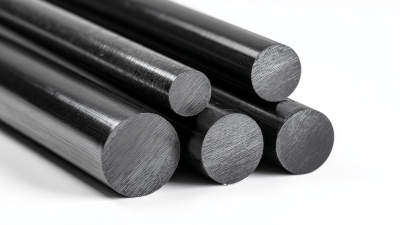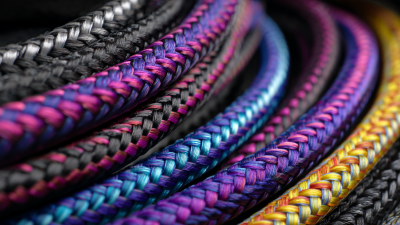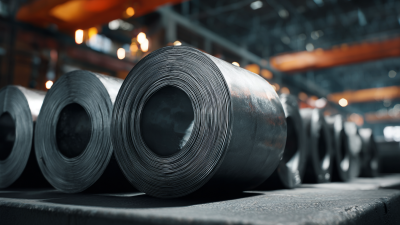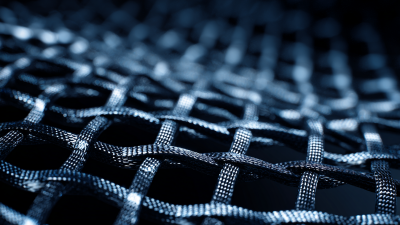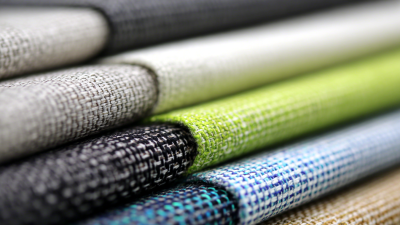
-
Home
-
Products
-
About Us
-
News
-
Blog
-
Video
-
Contact
Leave Your Message

In the quest for superior structural integrity in various engineering applications, the utilization of advanced materials has become essential. Among these, the Pultruded Carbon Fiber Rod stands out due to its unique combination of strength, lightweight properties, and resistance to environmental degradation.
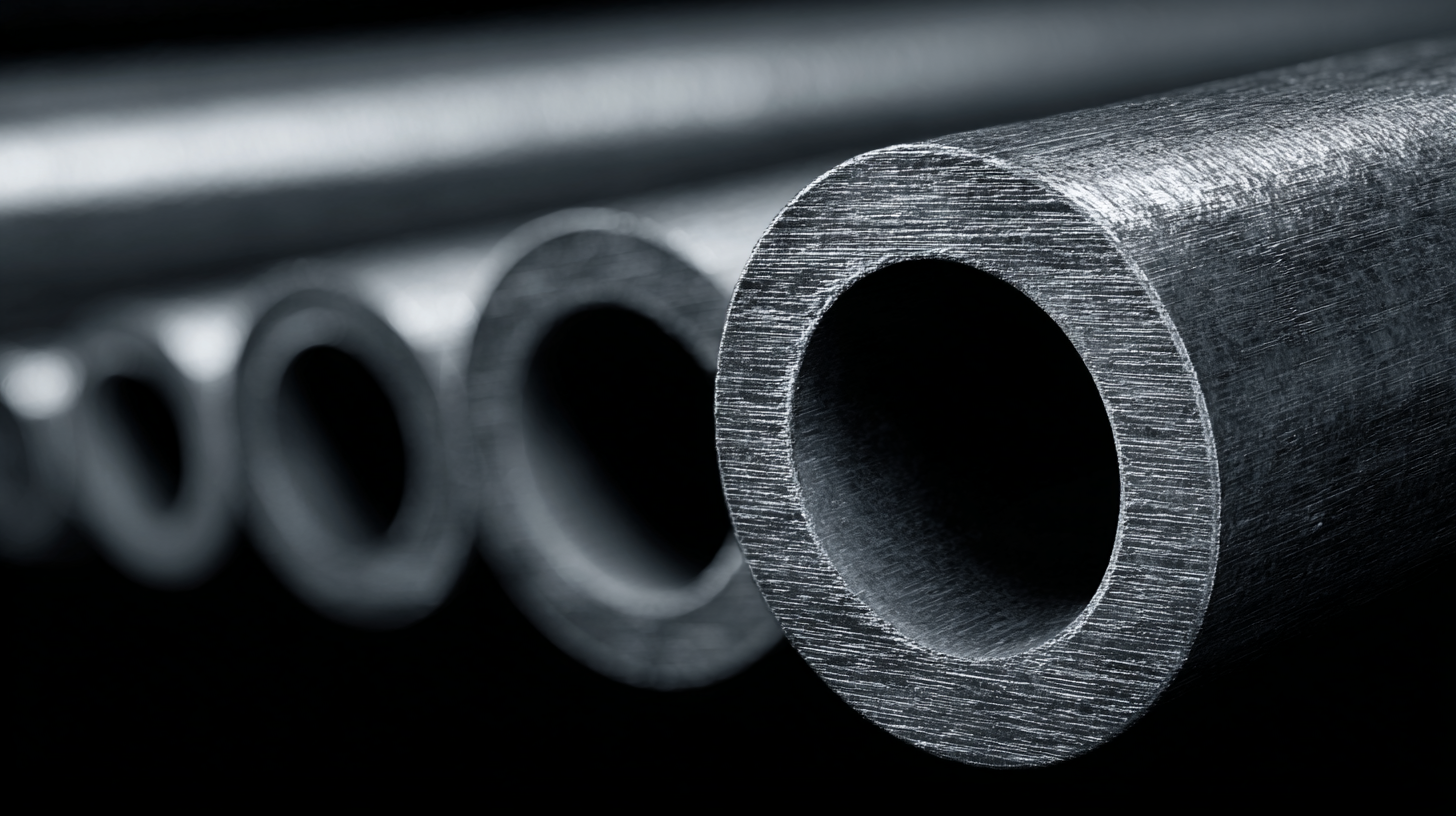
This article explores innovative methods to enhance the structural integrity of projects by incorporating Pultruded Carbon Fiber Rods. By leveraging the exceptional mechanical properties and versatility of these rods, engineers and designers can achieve unprecedented levels of durability and performance in their structures. Whether in construction, automotive, or aerospace industries, understanding the best practices for integrating Pultruded Carbon Fiber Rods can lead to significant improvements in the reliability and longevity of structures.
This comprehensive guide aims to provide insights and strategies for maximizing the benefits of this cutting-edge material in your projects.
Pultruded carbon fiber rods offer numerous advantages in structural applications, primarily due to their exceptional strength-to-weight ratio. These rods are created through a continuous process that ensures uniformity and high-quality material integrity. The result is a lightweight yet robust building material that can withstand significant loads and stresses, making them ideal for various engineering and construction projects. Their high tensile strength allows for the design of structures that are not only lighter but also more resilient to deformation and failure under pressure.
Another significant benefit of pultruded carbon fiber rods is their resistance to environmental factors. Unlike traditional materials such as steel or wood, carbon fiber does not corrode, rust, or degrade when exposed to moisture, chemicals, or UV light. This durability enhances the longevity of structures, reducing maintenance costs and the need for frequent replacements. Additionally, the versatility of pultruded rods allows for easy integration into existing frameworks, facilitating innovative design solutions that can adapt to specific structural requirements. By utilizing pultruded carbon fiber rods, engineers and architects can achieve superior structural integrity while promoting sustainability and efficiency in construction practices.
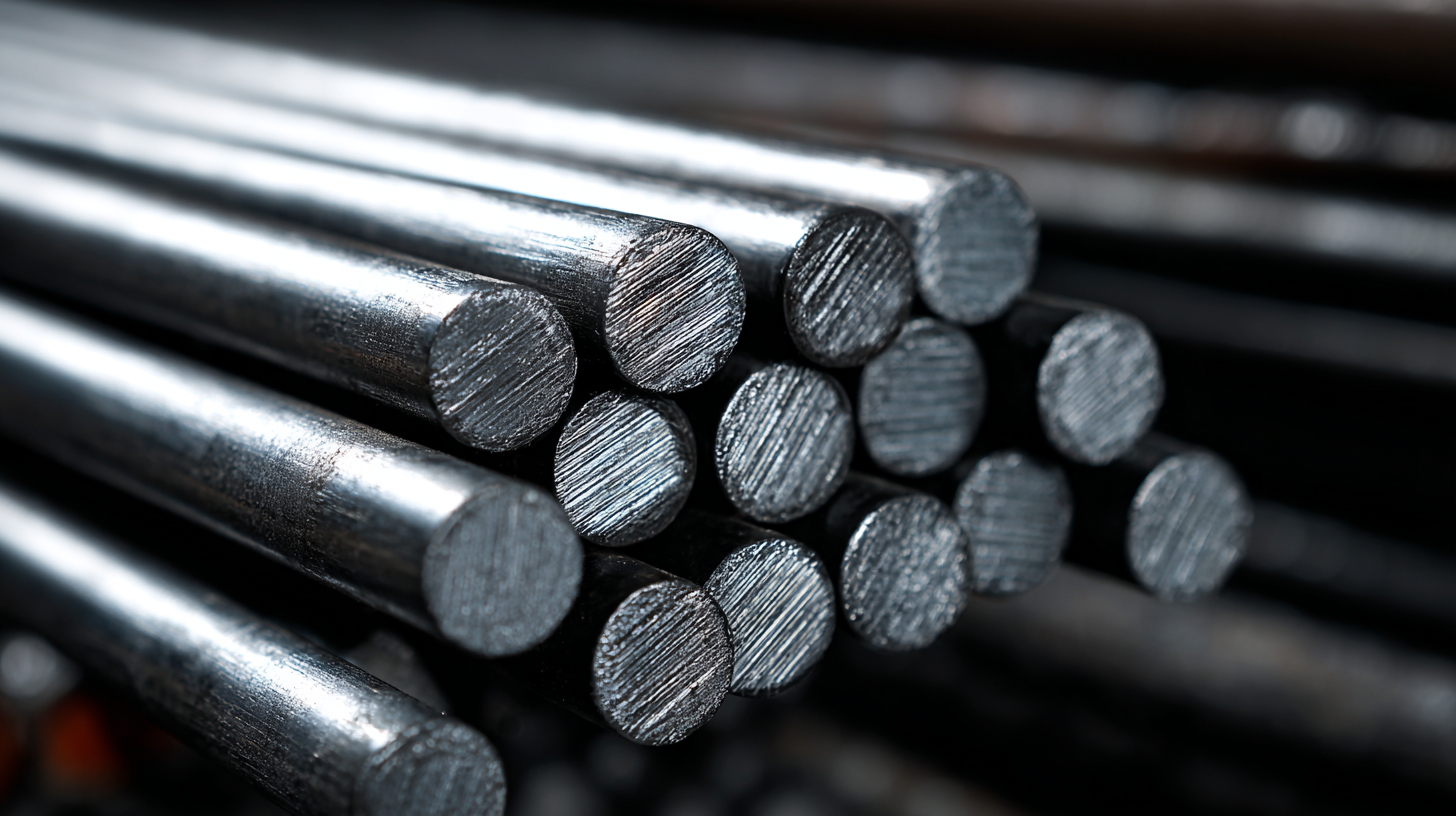
Pultruded carbon fiber rods are increasingly recognized for their exceptional strength and durability, making them a pivotal material in various engineering applications. The material properties of pultruded carbon fiber are a key consideration when enhancing structural integrity. Notably, carbon fiber reinforced polymers (CFRP) offer impressive tensile strength and stiffness, allowing them to withstand significant loads without deformation. Their lightweight nature also contributes to their efficiency in applications where reducing weight is critical.
When selecting pultruded carbon fiber for your projects, consider these tips: First, ensure that the specific mechanical properties align with your application requirements, focusing on tensile strength and modulus of elasticity. Second, pay attention to the environmental conditions your structure will face; carbon fiber demonstrates excellent resistance to corrosion and environmental degradation, but product choices can vary based on specific resin types. Lastly, understanding the fabrication techniques, such as pultrusion, is vital, as this process can significantly impact the material's performance and longevity.
Investing in the right pultruded carbon fiber rods will lead to enhanced structural integrity and long-term durability, positioning your projects for success in the competitive market projected to reach USD 35.55 billion by 2030.
| Property | Metric | Value | Units |
|---|---|---|---|
| Tensile Strength | Maximum Load | 6000 | MPa |
| Compressive Strength | Maximum Load | 4000 | MPa |
| Flexural Modulus | Bending Stiffness | 250000 | MPa |
| Density | Material Density | 1.6 | g/cm³ |
| Impact Resistance | Energy Absorption | 30 | J/m² |
When considering materials for structural applications, a comparative analysis between pultruded carbon fiber and traditional materials reveals significant advantages. According to a report by the Composites Manufacturing Association, pultruded carbon fiber offers a strength-to-weight ratio that is up to five times greater than steel and is twice as strong as traditional fiberglass. This unique property not only enhances the structural integrity of composite materials but also allows for reduced weight in design, which can lead to lower transportation and installation costs.
Tips: When selecting materials for your next project, consider the environmental conditions and the specific load requirements to maximize the effectiveness of pultruded carbon fiber. Additionally, be sure to engage with suppliers who can provide customized solutions tailored to your needs.
Moreover, traditional materials such as steel or concrete often suffer from issues like corrosion and fatigue over time. Reports indicate that the lifespan of pultruded carbon fiber structures can exceed that of traditional materials by decades, making it a more sustainable choice in the long run. Given these factors, engineers and designers should recognize the potential of pultruded carbon fiber as a superior alternative for enhancing structural integrity in various applications.
Tips: Evaluate the long-term performance of materials in your decision-making process, and invest in lifecycle cost analysis to justify the initial investment in pultruded carbon fiber.
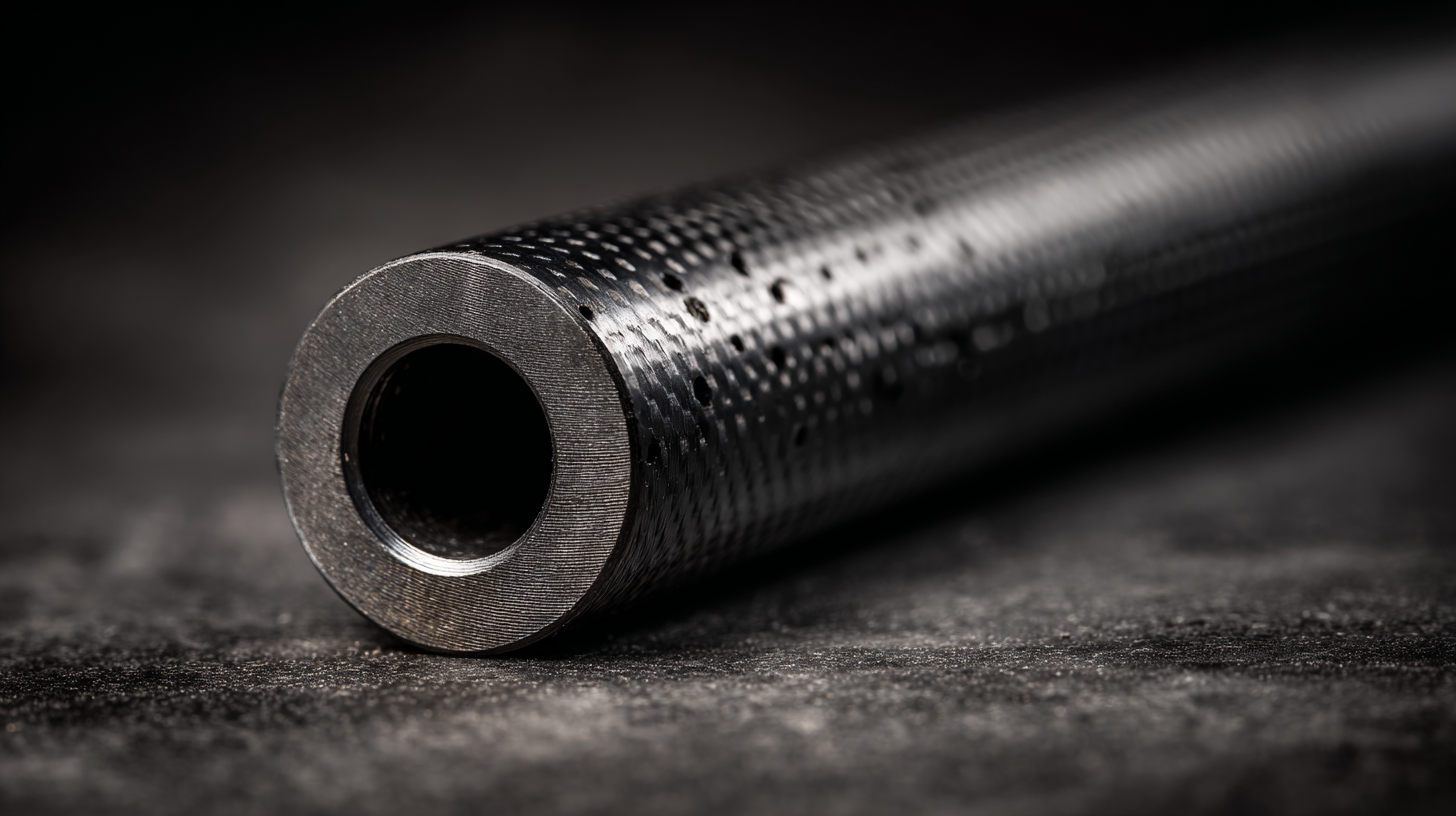
Pultruded carbon fiber rods have gained significant traction in various engineering projects, showcasing their exceptional strength and lightweight properties. A notable case study involves their application in the construction of pedestrian bridges, where their structural integrity was crucial. For instance, the use of carbon fiber rods in the design of the New Jersey Turnpike pedestrian bridge provided a 30% reduction in weight compared to traditional materials. This not only enhanced the load-bearing capacity but also facilitated quicker installation processes, thereby reducing overall project costs by approximately 15%, according to a report by the American Society of Civil Engineers.
In another striking example, the aerospace industry has harnessed pultruded carbon fiber rods in the production of advanced drones. The integration of these materials has led to a 25% increase in flight efficiency due to their strength-to-weight ratio, as detailed in a recent AIAA publication. Engineers noted that the rods significantly improved the structural integrity of the drones, enabling them to withstand harsher environmental conditions while maintaining optimal performance. These successful applications illustrate the transformative potential of pultruded carbon fiber rods in enhancing structural integrity across various engineering domains.
This chart illustrates the tensile strength of pultruded carbon fiber rods used in various engineering projects, showcasing their effectiveness in enhancing structural integrity compared to traditional materials.
In recent years, the integration of pultruded carbon fiber rod into structural designs has revolutionized the engineering landscape. This advancement has been propelled by the superior mechanical properties of carbon fiber reinforced polymers (CFRP), which exhibit high strength-to-weight ratios and excellent resistance to environmental degradation. According to industry reports, the global CFRP market is projected to reach $25 billion by 2026, driven largely by applications in construction and infrastructure where structural integrity is paramount.
To effectively implement pultruded carbon fiber in structural designs, best practices must be adhered to, particularly in the areas of fabrication and testing. The methods of filament winding, pultrusion, and resin transfer molding are at the forefront of composite pipe fabrication, each offering unique benefits depending on the application. For instance, pultrusion allows for continuous production with consistent cross-sectional properties, essential for maintaining structural performance under varied loads.
Testing should also strive for rigorous adherence to standards, ensuring that fatigue, tensile, and shear strengths of the CFRP materials align with safety regulations and performance requirements. This detailed approach not only enhances the structural integrity of designs but also promotes longevity and reliability in engineering projects.
